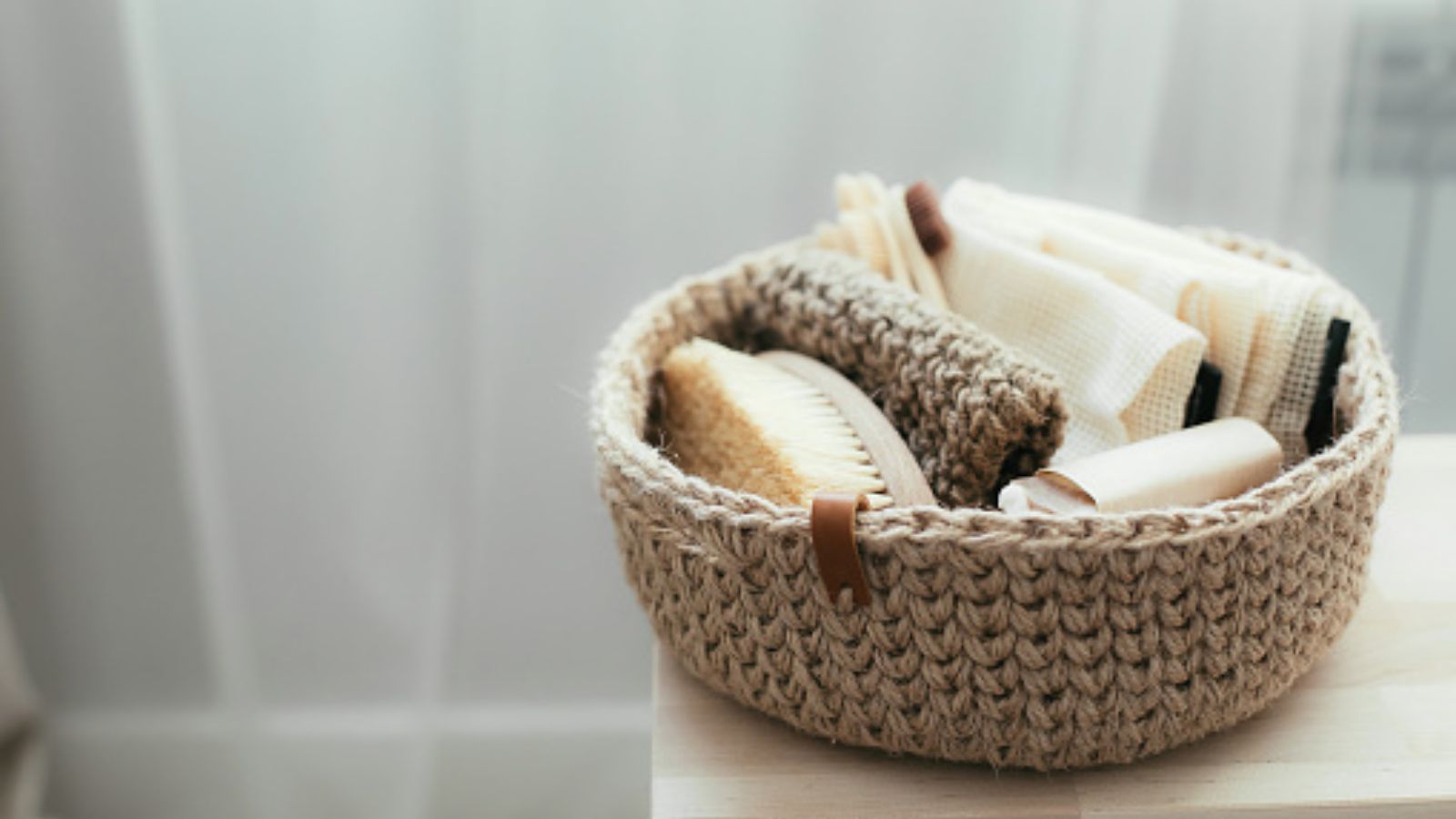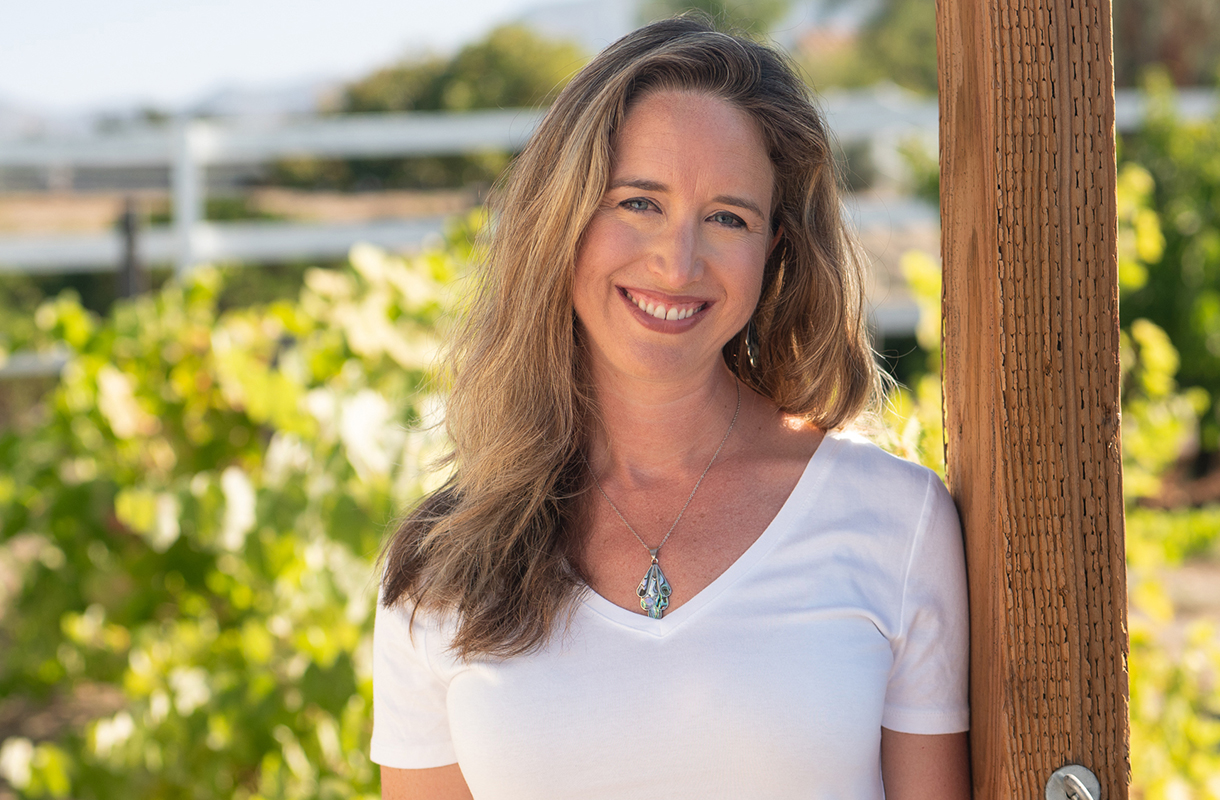I tried the 'ta-da list' to tackle my household chores – and have said goodbye to to-do lists
I have never felt more accomplished than when trying a ta-da list instead of a to-do list


I like to think that I am an organized person, writing to-do lists for every day and satisfyingly ticking off each item before bed. However looking back at my lists, there are at least three items on there that have been in place (and ignored) for over a week now.
Looking at the incomplete to-do list can be disheartening, making me go to bed feeling like I failed somehow and almost always ensuring that I don't get to enjoy a chore-free weekend. That is where a ta-da list comes into play as a way of tracking achievements without the pressure of setting goals.
I tried this approach for a week to see how it affected my motivation – and it is safe to say that I have left to-do lists in the past.
How to 'ta-da list' works
‘To-do lists are lists we make at the beginning of the day when we write down everything we intend to get done. And then at the end of the day, we may look at that to-do list and realize we did none of those. It’s very discouraging,’ Dr. Lisa Bronner writes in her book Soap & Soul, available at Amazon.
In comparison, a ta-da list is a list we write at the end of the day, she continues. Instead of listing goals, we list accomplishments – helping to ‘redeem days that ran amok and bolster days that appear to have fallen flat’.
Soap & Soul | View at Amazon
Going Green blogger Lisa Bronner shares her eco-friendly, non-toxic solutions for cleaning and caring for body, home, and beyond.
To-do lists are a common cleaning tip or decluttering trick that I have been using for years to help me keep my house in one piece. However, whenever I left one task unfinished for a few days or more, my lists began to feel redundant. What’s more, the longer a task stayed put, the more I procrastinated – building something as simple as cleaning a vacuum cleaner into a mammoth task that makes me feel overwhelmed. The result was a cycle of incomplete lists I restarted each Monday as if I would magically get my act together.
The ta-da list offered a hopeful alternative to help me find the motivation to clean again. Starting on a Monday, I left my to-do list to one side and went about my day as normal. Whenever I completed a task, no matter how big or small, I would make a note of it on my phone.
Design expertise in your inbox – from inspiring decorating ideas and beautiful celebrity homes to practical gardening advice and shopping round-ups.
My cleaning non-negotiables such as making my bed and performing my night shift closing routine always made an appearance, for instance, while other more obscure tasks such as handwashing clothes made from more delicate materials were also added when completed.

The beauty of this approach was I could add even the smallest of tasks to my list and still feel accomplished. For instance, one of the days when I was busy all day and barely managed anything around the house, I was still able to put washing up and tidying the living room coffee table on my list – proving to myself that I was still able to be productive even when I felt swamped.
It also helped me to clean and declutter as I go more easily, allowing me to break free of the idea I had to work through a to-do list more methodically which would often disrupt my daily flow. As Lisa Bronner writes: ‘We cannot always control what our days contain, but as much as possible, we can set ourselves up for success by starting and ending our days with habits that strengthen.’

Lisa Bronner is the granddaughter of Dr. Emanuel Bronner, the founder of Dr. Bronner's Soaps. She is now a consumer advocate and speaker on health and green lifestyle issues.
The theory behind this method is that it is far more beneficial to guarantee a sense of accomplishment at the end of the day than it is to risk feeling guilty over not getting everything done. While I documented my tasks as I did them, you can also set some time aside at the end of the day to list them before going to bed, helping with mindfulness and creating a more mindful home.
FAQs
Why do I never complete my to-do lists?
To-do lists are often an idealized set of goals that we want to achieve in a day when nothing goes wrong. However, as is the nature of life, not every day follows the same schedule. Some tasks take longer than we expect, or we just might not feel well enough to get everything done. As a result, some tasks usually go missed, usually through no fault of our own.
Why do I get anxious over unfinished tasks?
If you feel anxious when a task is left unfinished, it is likely because it continues to play on your mind. Unfinished tasks are a weight on our shoulders, making it difficult to switch off and focus on something else, possibly even making us feel guilty until it is complete. It is a common problem that can be helped by sharing your thoughts with others, and discussing why you feel the way you do to help reframe your ways of thinking and stop the cycle.
Don't get me wrong, this approach to cleaning and tidying still requires a degree of self-accountability and resilience, as Lisa Bronner documents in her book. When working away from a to-do list, you still need to be able to push yourself to remember less interesting tasks like cleaning a bathroom or cleaning a kitchen sink if you don't want your home to fall into chaos. This is where something like a cleaning card system may help you to stay on track with certain tasks, without the need to schedule them into your diary.

Chiana has been at Homes & Gardens for two years and is our resident 'queen' of non-toxic living. She spends most of her time producing content for the Solved section of the website, helping readers get the most out of their homes through clever decluttering, cleaning, and tidying tips. She was named one of Fixr's top home improvement journalists in 2024.
